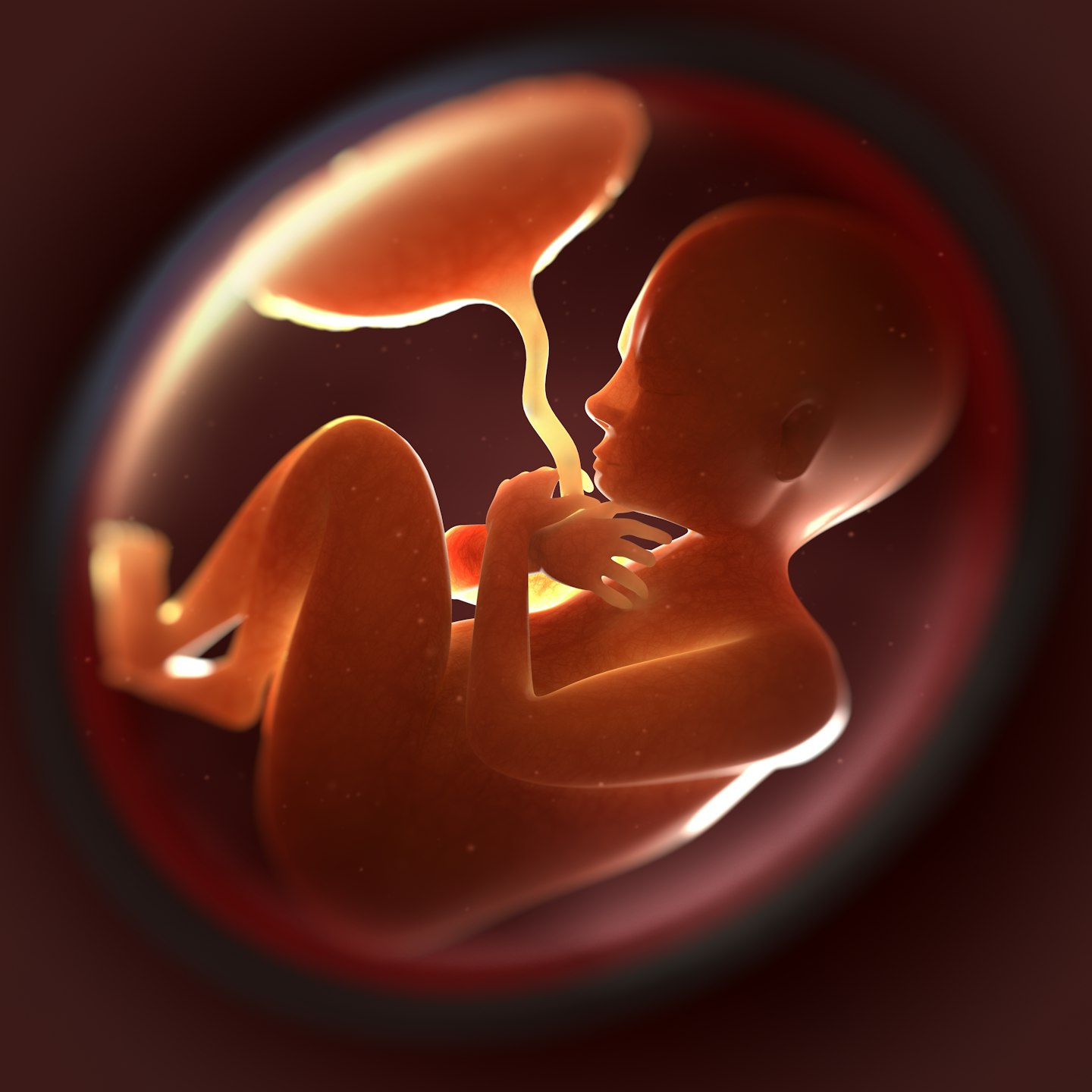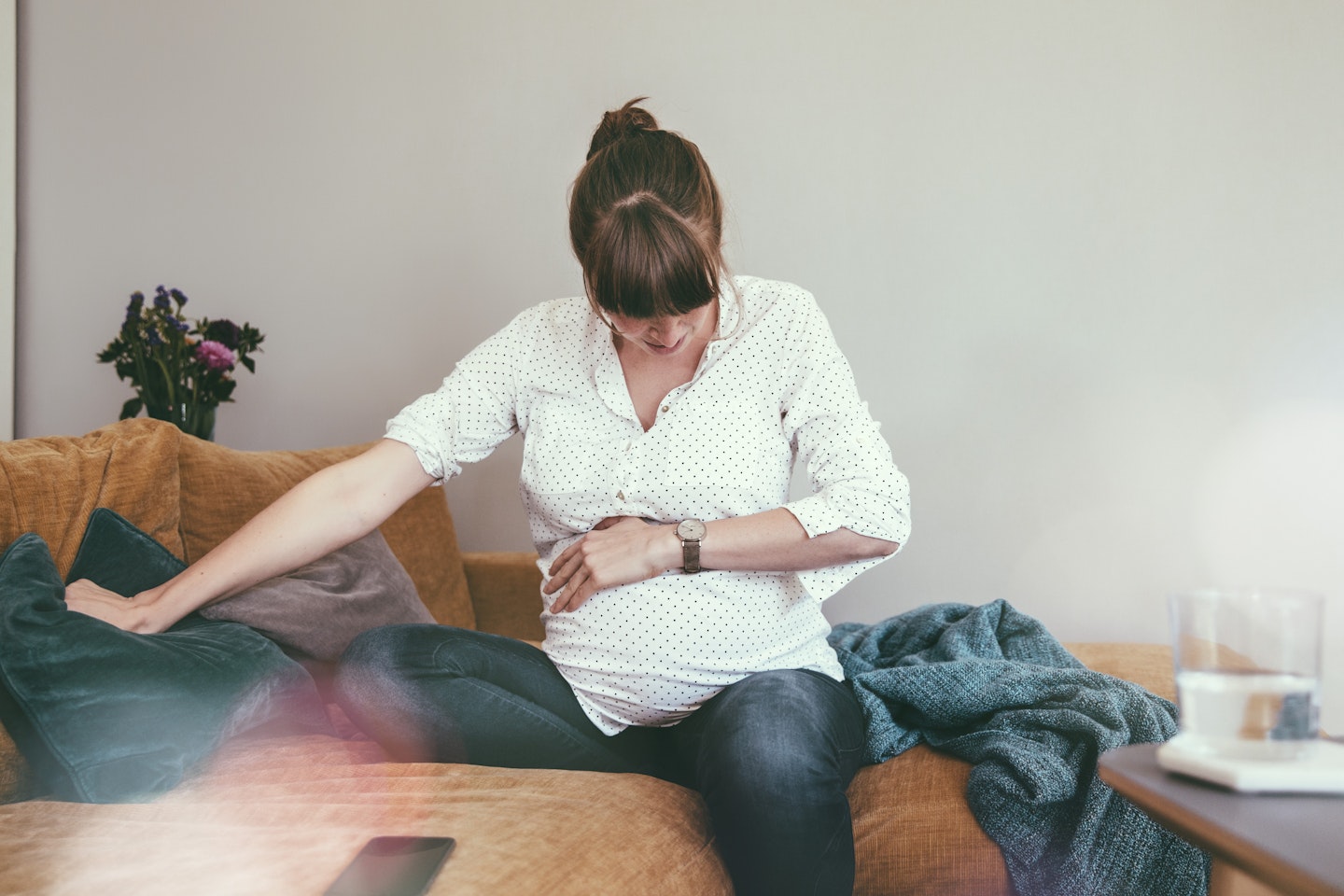If you’ve never heard of retained placenta at birth, you’re not alone.
Unfortunately, according to most of the women who have experienced it, the first time they ever even heard the phrase “retained placenta” was when their doctor told them that they had it. “I didn’t know anything about this before it happened to me,” says Jenna, a 35-year-old mum of one from the New Forest. “I thought the hard bit was delivering the baby!”
Every single one of us has a different birth and delivery story, but the general gist of what we are told will happen is usually: you go into labour, you deliver the baby and, shortly after, out comes the placenta. Well, for2-3 percent of mothers, that last part doesn’t exactly happen like that. As thousands of women each year in the UKhave come to realise, sometimes the placenta doesn’t come out completely — or even at all.
What are the implications of a retained placenta? Is there anything that can be done to avoid it? What is the treatment? Here’s everything you need to know about retained placenta.
What is retained placenta?

Within 30 minutes of a baby exiting the womb, the placenta is supposed to follow. This is known as the third stage of labour. Once the uterus is baby- and placenta-free, it can start to contract, closing off all the blood vessels, and starting the postpartum healing process.
Women have the choice to either enter into the third stage of labour naturally, or opt for an assisted third stage which comprises of getting a hormone injection in the thigh (often an artificial form of oxytocin— syntometrine or syntocinon, plus a hormone called ergometrine) to help the womb contract down and expel the placenta and membranes.
If the placentahas not been fully delivered,and part of it — including any other membranes that were supposed to come out — are still in the uterus after30 minutesfrom the moment the baby is born, it’s classed as a retained placenta. If it still hasn’t come out after60 minutes, it’s considered an emergency.
Retained placenta can greatly increase the chances of postpartum haemorrhage — the third leading cause of maternal death in the UK — because the uterus can’t contract as it should and close off the blood vessels to stop the bleeding.
What are the types of retained placenta?

There are three main types of retained placenta. The most common form is called “placenta adherens.” This is where the contractions are not strong enough to fully discharge the placenta and it remains attached to the wall of the uterus. The second type, a “trapped placenta,” happens when the placenta has removed itself from the uterine lining, but is trapped behind a closed, or closing, cervix. In these aforementioned instances, your doctor will gentlytry to manually remove the placenta, after giving you anaesthetic because it could be quite painful. Manual placenta removal also has a high risk of infection.
The third type — the most dangerous type — is called “placenta accrete” and is when the placenta grows deep into the muscular walls of the uterus, not just the lining. This kind of retained placenta is virtually impossible to deliver naturally, and most often, results in haemorrhage, necessitating the need for blood transfusions, and often hysterectomy.
What are the symptoms of a retained placenta?

The main sign that you have a retained placenta will be the lack of a complete placenta at birth. If this happens, your medical professionals will do their utmost to rectify the issue. But sometimes, despite their best intentions, a retained placenta can be overlooked.
Katie from Cambridgeshire, a 27-year-old mum of one from the Mother & Baby #mumtribe Facebook group, had to have the placenta surgically removed after giving birth to her daughter. “Three weeks later, in the night, I haemorrhaged a lot of blood. Got taken to A+E by ambulance, where doctors started pulling clots out. I was moved back to the maternity ward and a scan revealed I still had three centimetres of placenta left in me.”
The first few days after having a baby are always hard on the body, so it could be almost impossible to tell if the pain and discomfort you are feeling is normal or not. Being in constant contact with your midwife and keeping them updated on how you are is imperative. If your doctors have given you the all-clear to go home, a few signs that could indicate they’ve missed a retained placenta include:
-
postpartum bleeding that seems to be getting heavier, or at least not lessening
-
persistent tummy pain and tenderness that’s not getting better
-
funny-smelling discharge
-
high temperature or fever
-
milk production issues
-
fatigue
-
your gut telling you that something is wrong
Who is likely to get retained placenta?
Although it can strike after any birth, you could be at higher risk of suffering from retained placenta if you:
-
go into labour prematurely (placentas are designed to stay put for 40 weeks)
-
have had it before
-
had a previous caesarean section
-
are being induced
-
are over 30
-
had an extremely long labour
-
notice, or are informed, that the placenta is coming out in pieces instead of whole.
How to treat retained placenta

The only way to treat retained placenta is to fully remove it from the womb. Your doctor will first try to physically remove it, by gently pulling on the umbilical cord. Breastfeeding and nipple stimulation is recommended as this produces oxytocin, which in turn helps the uterus contract. You could be given more medication to induce contractions to encourage the placenta out. Emptying the bladder can also be an effective way to minimize the placental obstruction and help it come out. Your midwife could massage the top of the uterus, and ask you to switch positions. Even standing up could help, getting gravity to do its part.
If these methods don’t produce any results, the doctor will most probably attempt a manual removal. If this doesn’t work either, emergency surgery will be required.
“I delivered my baby naturally and just assumed that the placenta would follow after a few minutes,” says Jenna. “It wasn’t until I felt them tugging the cord I realised something was not quite right. I was warned, if it would not come out, I would be taken to theatre, given a spinal, and the placenta would be removed by the surgeon. I had a couple of injections to try to get the placenta to come out and a bit of tugging on the placenta which was quite uncomfortable. After about 10 minutes they managed to pull it out, after which I then suffered a haemorrhage. It was suddenly all hands on deck with the emergency buzzer pressed and the room was filled with doctors and surgeons to stop the bleed. It was eventually all sorted.”
“Nobody warns you about the possibility of retained placenta,” says Casey, a 30-year-old mum of two from North Wales, who, after five weeks of heavy bleeding, unusual discharge, and passing clots, decided to check for herself to see what was going on down there. “Sure enough,” she continues, “there was an extremely large piece of placenta bulging out of my cervix, stuck half out of my cervix and half in my uterus. The doctor who examined me shortly thereafter told me it was too large and firmly stuck, and sent me to the gynaecological ward. The doctor there took out an extremely large piece of placenta, around the size of a tennis ball.” It didn’t end there, however. “Two weeks later, at an emergency ultrasound scan, the radiologist informed me there is still placenta in my uterus, with some still attached to the uterine wall.”
“The midwives had said the placenta was whole at birth,” recalls Tiffany, a mum of one. “After a difficult birth, I finally had my baby boy, but I had to stay in hospital for nine days as I haemorrhaged — had to have three units of blood — but doctors were unsure where from. At home, my bleeding was still pretty heavy. I didn’t think much of it; hey, I just pushed a baby out of me! A week later, though, I felt huge clots passing and what felt like streams of blood. I rushed to the hospital and ran to A+E. Turns out, I still had placenta in me! I stayed in for a few more days and was let home once bleeding had stopped. I bled at home and passed the little bits of placenta naturally, which doctors said was normal.”
Is there any way to prevent retained placenta?
The short and rather disappointing answer is no, there is nothing you can actively do to prevent a retained placenta. However, getting knowledge on the subject, and being in constant contact with your midwife — keeping them fully informed of your medical history, and family medical history — can help all parties be prepared. If your midwife feels that you may have a higher risk of retained placenta, they will likely recommend a managed/assisted third stage of labour to increase the chances of the placenta coming out fully.
After birth, making sure you are regularly monitored and thoroughly checked by your doctor can help catch any anomalies.
“At the time, I didn’t even realise it was possible for placentas not to come out at birth,” Katie tells us. “I didn’t feel prepared, and then to be back in hospital a few weeks after was hard and really affected me mentally. I definitely think it needs to be spoken about more so people are informed.”
Now read:
